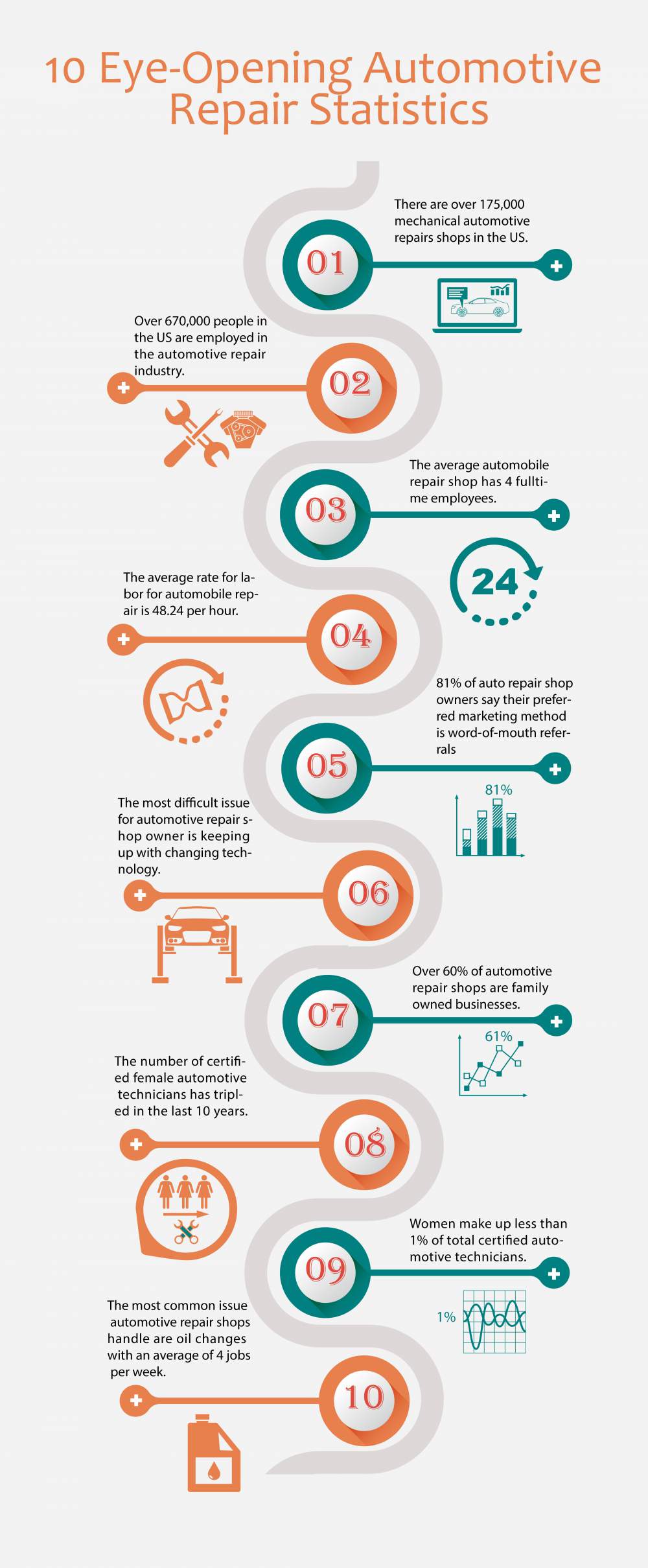Examining Your Cars And Truck'S Caution Indicators: What They Truly Communicate
Examining Your Cars And Truck'S Caution Indicators: What They Truly Communicate
Blog Article
Short Article By-Lim Torres
When you lag the wheel, those beautiful caution lights on your control panel can be a little bit complicated. Do you understand what they're trying to tell you concerning your auto's health and wellness? Comprehending the significance of these lights is crucial for your safety and the long life of your lorry. So, the following time among those lights appears, would not you want to analyze its message properly and take the required actions to resolve it?
Common Warning Lights and Interpretations
Determine typical warning lights in your vehicle and comprehend their definitions to make sure safe driving.
One of the most common warning lights include the check engine light, which indicates concerns with the engine or exhausts system. If this light begins, it's important to have your vehicle examined promptly.
The oil stress cautioning light suggests low oil stress, needing prompt interest to avoid engine damages.
A flashing battery light could suggest a malfunctioning charging system, possibly leaving you stranded if not resolved.
Read Full Report tracking system (TPMS) light signals you to low tire pressure, influencing vehicle stability and fuel efficiency. Neglecting this might cause unsafe driving problems.
The abdominal light shows a trouble with the anti-lock braking system, jeopardizing your ability to quit promptly in emergency situations.
Last but not least, the coolant temperature warning light warns of engine overheating, which can result in serious damages otherwise settled quickly.
Comprehending these common warning lights will certainly aid you deal with issues promptly and maintain safe driving problems.
Significance of Prompt Attention
Comprehending the typical caution lights in your automobile is just the very first step; the importance of quickly resolving these warnings can't be stressed sufficient to guarantee your safety when traveling.
When a caution light brightens on your control panel, it's your auto's way of connecting a prospective issue that needs interest. Neglecting these cautions can lead to much more extreme problems down the road, jeopardizing your security and potentially costing you extra in repairs.
Motivate attention to alerting lights can stop failures and crashes. For example, a blinking check engine light might show a misfire that, if left neglected, can trigger damage to the catalytic converter. Addressing this immediately can save you from a pricey repair work.
Likewise, a brake system alerting light might signify low brake fluid or used brake pads, crucial elements for your security when driving.
Do It Yourself Troubleshooting Tips
If you discover a caution light on your control panel, there are a couple of do it yourself repairing tips you can try before looking for professional assistance.
find more information is to consult your auto's manual to recognize what the specific warning light suggests. Often the problem can be as easy as a loose gas cap triggering the check engine light. Tightening up the gas cap might resolve the problem.
Another typical issue is a low battery, which can cause numerous alerting lights. Inspecting the battery links for rust and ensuring they're safe may repair the problem.
If a warning light continues, you can try resetting it by separating the automobile's battery for a couple of minutes and after that reconnecting it. Furthermore, examining your vehicle's liquid levels, such as oil, coolant, and brake fluid, can help troubleshoot advising lights connected to these systems.
Verdict
To conclude, recognizing your auto's warning lights is essential for keeping your vehicle running smoothly and safely. By immediately addressing these signals and recognizing what they indicate, you can stay clear of expensive fixings and possible breakdowns.
Remember to consult your cars and truck's guidebook for specific information on each alerting light and do something about it appropriately to make certain a hassle-free driving experience.
Keep notified, stay secure when driving!
